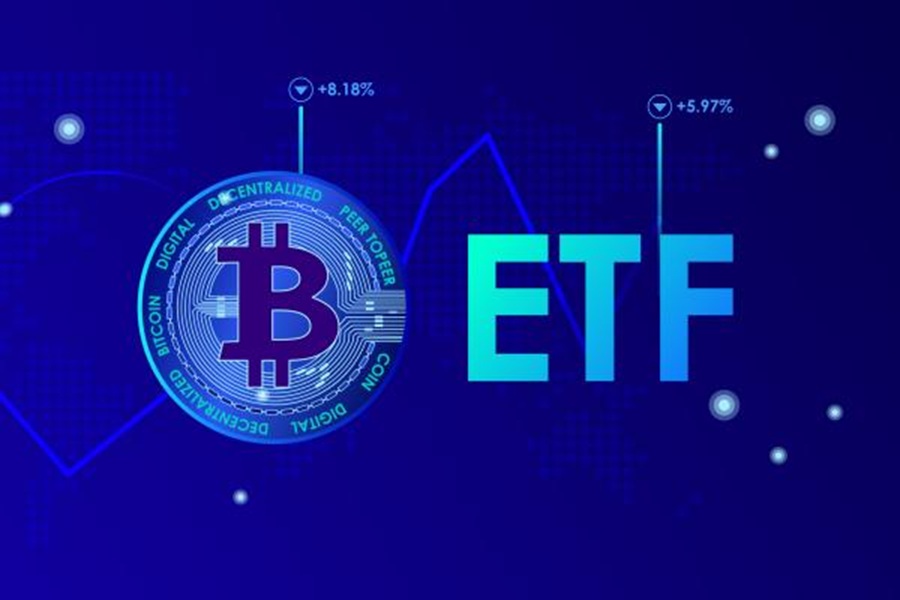Stablecoins have become the backbone of internet payments, with adoption now outpacing major traditional card networks in onchain volume, according to Noam Hurwitz, head of engineering at Alchemy.
Hurwitz told Cointelegraph that stablecoins have seen “explosive” adoption, adding that they are “becoming the default settlement layer for the internet.”
Companies like PayPal and Stripe are integrating stablecoins to leverage onchain infrastructure, enabling faster and cheaper transactions. “They’ve already surpassed Visa and Mastercard in onchain volume by 7%,” Hurwitz noted, signaling a decisive shift in how money moves online.
Alchemy, which provides infrastructure to some of the largest stablecoin ecosystems, is at the center of this transformation. Hurwitz said Alchemy is “the onchain provider for Robinhood Wallet” and powers stablecoin flows for fintech giants like Visa, Stripe, Circle, and PayPal.
Related: European Commission downplays stablecoin risks, counters ECB warning
Stablecoins used for various purposes
Hurwitz said that stablecoins make money “cheap, fast, global, and secure to transfer.” These features have made them popular for various purposes, with broad adoption emerging across cross-border payments and prediction markets like Polymarket.
He added that stablecoins have become massive buyers of US Treasurys, with Tether (USDT) alone generating $13 billion in profits last year while holding around $113 billion in US debt. “Tokenized money is the base of the tokenized financial system,” Hurwitz said, calling recent financial innovation built on this foundation “exciting.”
Hurwitz said stablecoins are already functioning as the “default rails” for internet payments in many respects but flagged challenges stemming from the fragmented blockchain landscape.
Institutions, he explained, want to move quickly but must assess provider reliability and counterparty risks, especially in a nascent industry. “Can a small startup really support enterprise-grade operations while building and scaling the services they need?” he asked.
Hurwitz pointed to Kinexys, a tokenized bank deposit launched by JP Morgan, as a major milestone. The permissioned deposit token enables institutional clients to access yield-bearing deposits on a public blockchain with “24/7 settlement, near real-time liquidity and the potential ability to pay interest to holders.”
Related: Hong Kong reveals new stablecoin rules and tokenized bond plans
Interest in stablecoins surge with new regulations
Last week, the US Senate passed the Guiding and Establishing National Innovation for US Stablecoins, or GENIUS Act, a landmark bill establishing federal guardrails for stablecoins.
“With the recent passage of the Genius Act, the regulatory landscape is becoming clearer and more structured, which benefits established financial players while also encouraging innovation,” Hurwitz said.
Meanwhile, Hurwitz pointed out key technical bottlenecks in improving developer and end-user experience despite strong growth. “Companies benefit immensely from settling on crypto rails, but want to decouple the user experience from the underlying technology — and doing so takes deep technical expertise,” he explained.
Looking ahead, Hurwitz expects most financial services to deploy their own blockchains, especially layer 2 networks, to better scale and monetize their ecosystems.
He predicted that infrastructure improvements would drive “seamless crosschain interoperability” between these networks, enabling a more connected and efficient financial system built on stablecoins.
Despite Hurwitz’s optimistic view of stablecoins, a new Bank for International Settlements (BIS) report challenges the notion that they can serve as money in a modern financial system.
The BIS Annual Economic Report 2025 claims stablecoins fail critical singleness, elasticity, and integrity tests. The organization described stablecoins as “digital bearer instruments” that resemble financial assets more than actual money.
Magazine: XRP jumps on Ripple-SEC update, Pomp scoops up $386M BTC: Hodler’s Digest, June 22 – 28




Leave a Comment